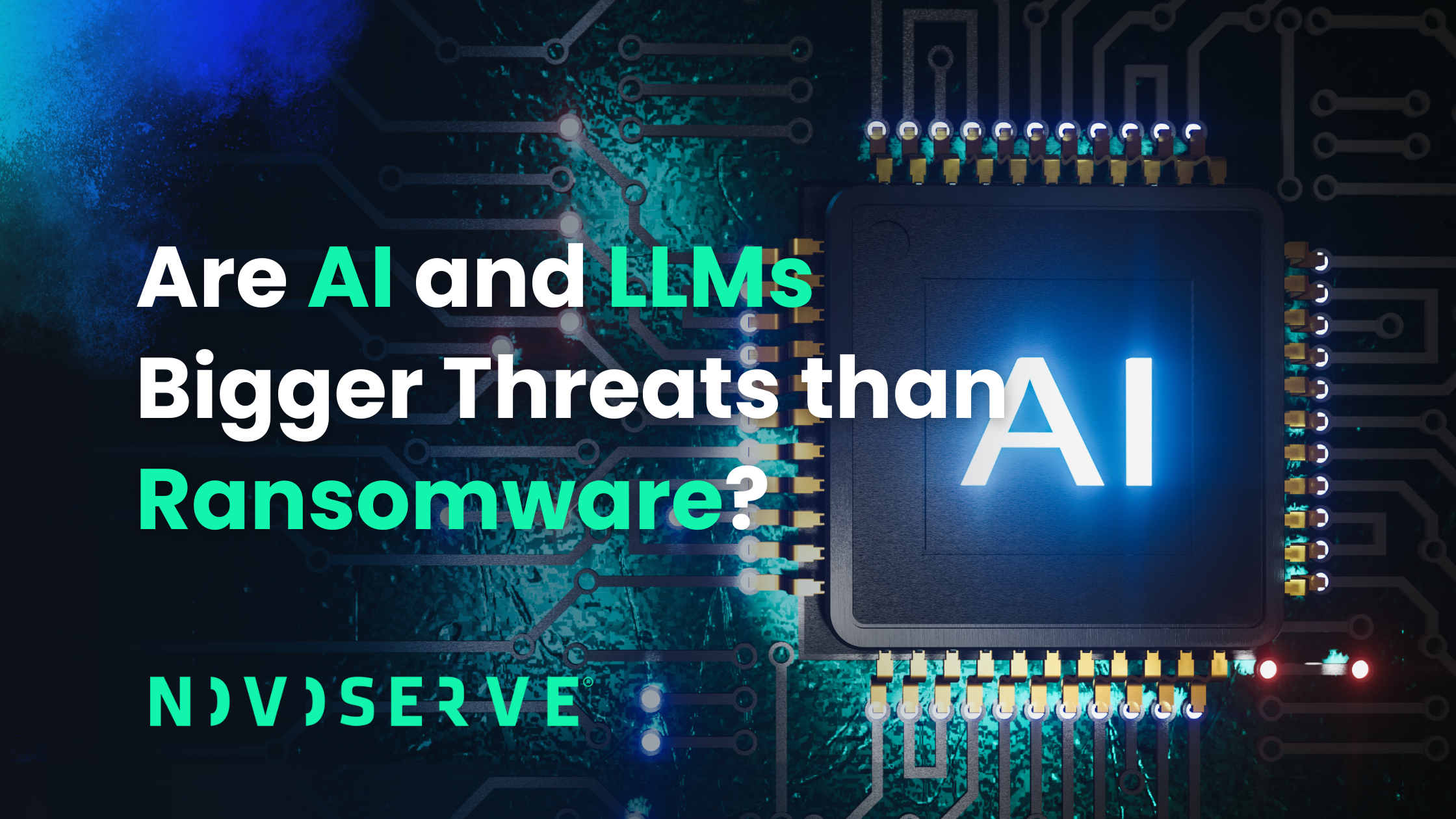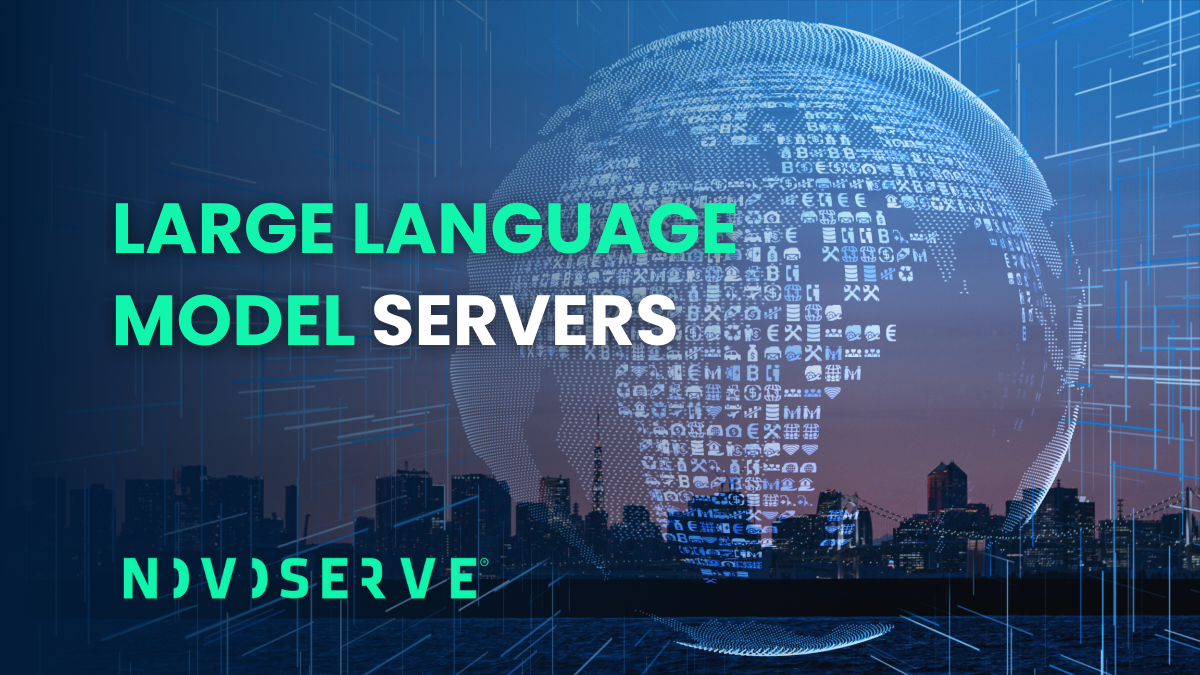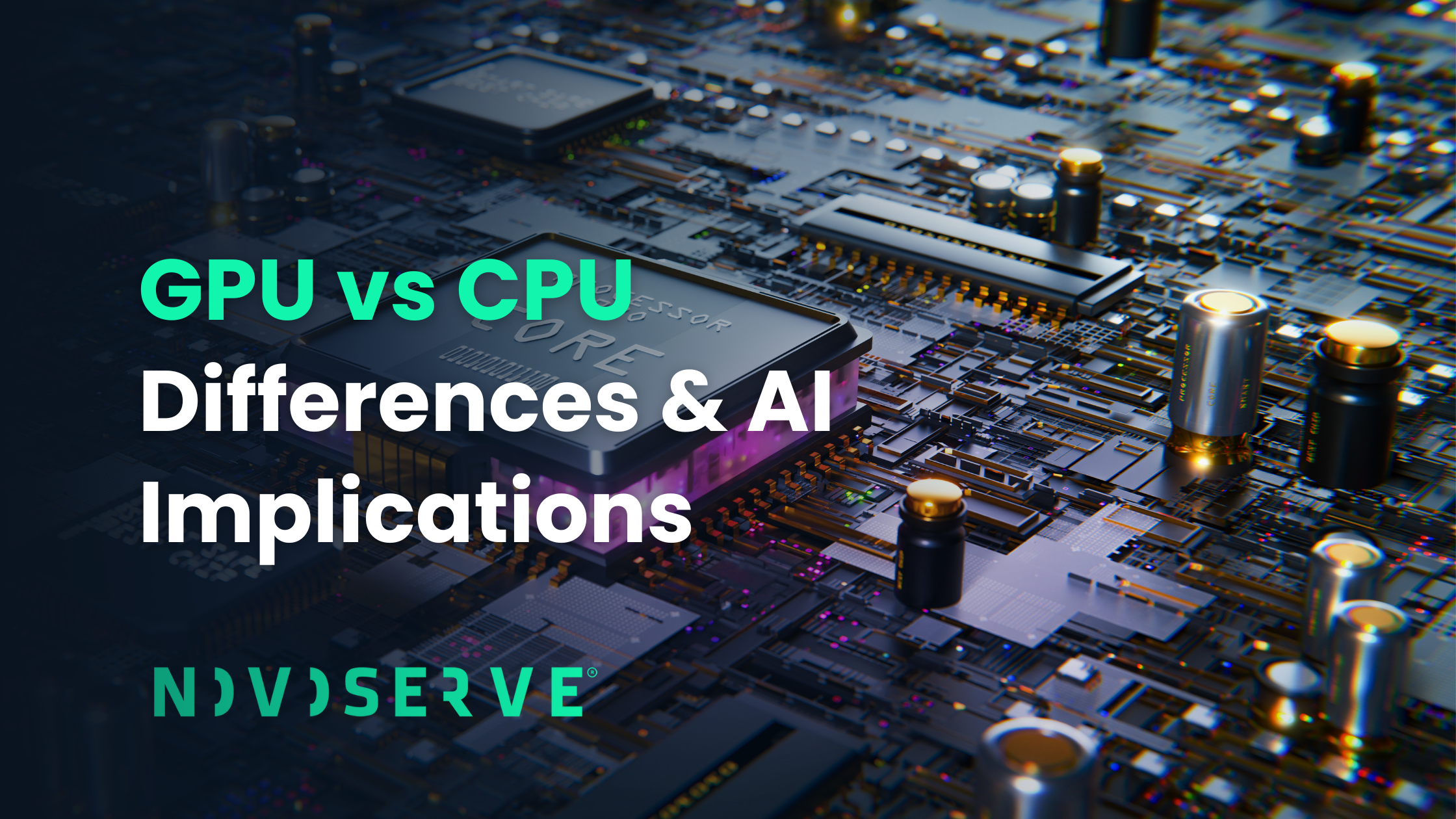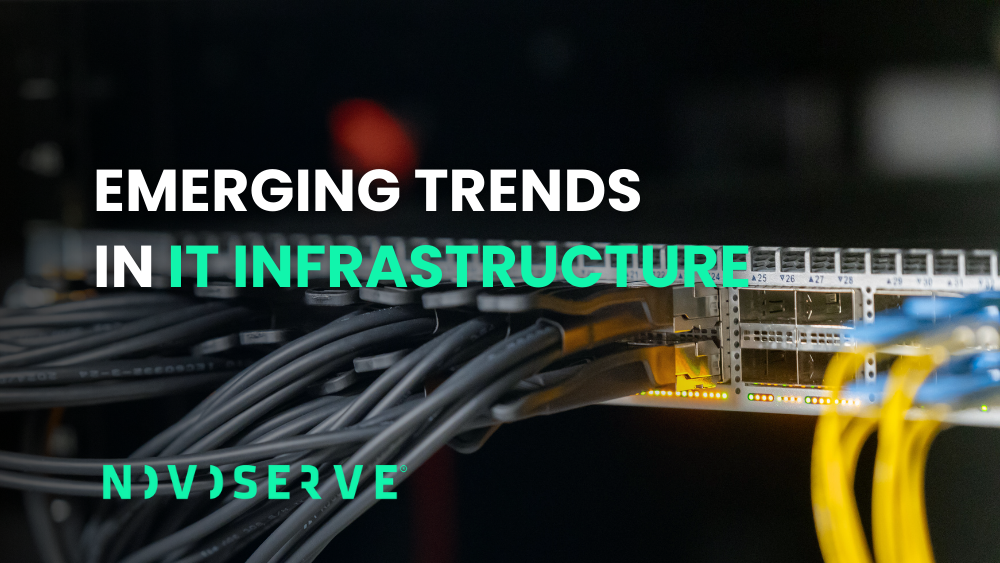Over the past decade, ransomware dominated headlines and boardroom discussions as one of the most critical cybersecurity threats. But according to recent surveys among security leaders in the Benelux region and beyond, there’s a new threat that’s overtaking ransomware in urgency and complexity: artificial intelligence (AI) and large language models (LLMs). What once seemed like a golden opportunity for innovation is now emerging as a double-edged sword—and businesses are being urged to act before it’s too late.
The increasing reliance on generative AI tools, especially those based on large language models like ChatGPT, has opened a Pandora’s box of vulnerabilities. Security leaders now rank AI and LLMs as the number one concern in their threat landscape, even above traditional threats like ransomware, phishing, and insider attacks. It’s a dramatic shift that reflects both the rapid adoption of AI and the lag in security strategies to keep pace.
Why LLMs Pose an Unprecedented Risk
Large language models work by predicting and generating text based on massive datasets. While their capabilities are impressive—automating customer service, generating code, summarizing documents—their architecture makes them inherently difficult to control. Most enterprises use third-party LLMs hosted in the cloud, where the inner workings of the model and its security parameters remain opaque. This lack of transparency introduces a major risk: you don’t fully control what the model knows, how it processes inputs, or how it can be manipulated.
One of the most alarming vulnerabilities is “prompt injection.” This technique allows attackers to craft cleverly worded inputs that cause the model to perform unintended actions—leaking sensitive information, ignoring security rules, or even generating malicious outputs. Prompt injection is now listed as the top security risk for LLMs in the OWASP 2025 LLM Security Top 10. It’s easy to execute, hard to detect, and difficult to defend against with traditional perimeter security.
In addition, the problem of hallucinations—when LLMs generate incorrect or fictional data—has opened the door to a new class of supply chain attacks. A particularly concerning phenomenon known as "slopsquatting" involves LLMs hallucinating fake software package names, which cybercriminals then register and populate with malware. Developers who trust the model’s output might inadvertently install and deploy compromised packages.
Furthermore, these models often absorb and regurgitate sensitive or biased data, posing both ethical and legal challenges. Businesses using third-party LLMs risk losing control over customer data, proprietary information, and compliance alignment—especially under stringent regulations like the GDPR or the EU Artificial Intelligence Act. And once sensitive data is used to train or fine-tune an external model, there's often no way to retrieve or delete it.
Public AI vs. Private AI: Why the Shift is Urgent
Using public AI services seems convenient. They offer scale, plug-and-play accessibility, and powerful APIs. But this convenience comes at the cost of security, compliance, and long-term control. Once your business feeds data into a third-party model, you lose oversight—not just over where that data ends up, but also how the AI behaves when interacting with users or systems.
That’s why the tide is turning toward private AI infrastructure. Security leaders across industries—from finance and healthcare to gaming and telecom—are actively exploring private deployment of LLMs. Hosting AI models on your own infrastructure doesn’t just reduce exposure to third-party risks; it allows for full customization, strict access controls, and alignment with internal governance policies. Businesses can maintain data sovereignty, build in security from the ground up, and eliminate the risk of shadow data processing.
But to do this effectively, you need the right hardware—powerful, reliable, and scalable.
NovoServe: Powering the Next Generation of Secure AI
We understand the growing urgency to take back control of your AI infrastructure. That’s why we’re now offering our powerful bare metal GPU servers at a special promotional rate. Built specifically for AI and high-performance computing workloads, our servers give you the raw performance and flexibility you need to train and deploy LLMs privately—without relying on public cloud platforms that may compromise your data integrity or security posture.
Our GPU servers are powered by industry-leading NVIDIA GPUs and hosted in ISO-certified data centers across Europe and the US. You get full access to your environment—no hypervisors, no noisy neighbors, no limitations on what you can install or how you can optimize your models. Whether you're fine-tuning a transformer model for internal knowledge management or deploying a multilingual chatbot with domain-specific data, our bare metal solutions provide the foundation to do it securely and efficiently.
More importantly, by hosting your AI on NovoServe’s infrastructure, you’re building resilience into your digital strategy. You decide where your data lives, who accesses it, and how your models behave. That’s not just a technical advantage—it’s a competitive one.
Eliminate the AI/LLM Risks with NovoServe
Security breaches involving AI are no longer hypothetical. From manipulated LLMs generating fraudulent instructions to models leaking confidential input data, the risks are real and increasing. Forward-thinking businesses aren’t waiting for a disaster to strike—they’re taking proactive steps to secure their AI stack today.
If you’re serious about innovation and equally serious about protecting your data, it’s time to bring your AI in-house. With NovoServe’s bare metal GPU servers, you can develop your own AI with confidence—fast, compliant, and in full control.
Now is the time to stop trusting black-box AI services with your most valuable digital assets. Empower your team. Protect your business. Build your AI on NovoServe’s infrastructure.





